Search for articles, topics or more
browse by topics

Search for articles, topics or more

Caught between the Mediterranean blue and the warm Middle Eastern air is the island of Cyprus. Seeped in sun, sea and age-old legends, it is also defined by its multicultural identity. Yet beyond its dazzling attractions and dreamy vacation getaways, the country’s most striking feature is the unique relationship between the old and the new that has begun to evolve across the island.
Boutique hotels are opening in mountain villages, contemporary architecture projects are offering Cyprus’s cities a new look, and an active artists’ community is keeping the island vibrant. There is an air of change, and the choices of what to do on the island are ever-increasing as it flourishes into a destination not just for holidaymakers but for innovators and designers too.
Surrounded by crystal-clear waters and more than 70 blue-flagged beaches, water is a key element for Cyprus’s residents. This intimate relationship with the sea is one that deeply impacted renowned designer Michael Anastassiades, who hails from the island. “Growing up, the contact with water was really important for me,” he says. “All my childhood memories are of being around the sea all the time.”

Having spent his youth in Cyprus, Anastassiades says that the island’s dichotomy of advantages and challenges has profoundly influenced his life and work. Given his status as a guide par excellence to his country’s cultural life, Molteni&C caught up with the established creative and M Magazine collaborator to hear his insights on this unique island.
A new zestful force in the island’s creative scene is one of the most pleasant changes Anastassiades has seen. In recent years, Cyprus has welcomed numerous new galleries, commissioned street art and hosted diverse cultural events and festivals that all contribute to placing the country on the international cultural map.
“It is encouraging to see there is a young generation of creatives and artists who are making their mark nationally and internationally,” he says. “They are fighting for it. There are limited opportunities and places to exhibit, yet the scene is quite active.”
Being a small community strengthens the ties between the island’s artistic and professional worlds, an element that adds to Cyprus’s distinct potential. “We are a small place,” says Anastassiades. “I think this is the most unique part. Your relationship with people is different here.”
When visiting the island, it is Nicosia’s winding old town streets that captivate Anastassiades. The United Nations Buffer Zone – also known as the Green Line, which divides both the capital and the island into Greek-Cypriot and Turkish-Cypriot zones – sits alongside historical establishments and avant-garde buildings.
One of his go-to places is the Cyprus Museum, home to the country’s largest archaeological collection. Situated outside Nicosia’s Venetian walls, it is only a few hundred metres away from a checkpoint that connects the Greek-Cypriot and Turkish-Cypriot sides, an area that Anastassiades finds compelling. “This cross between the cultures – the north side, the old town, the fact that you see this sort of difference – makes you understand the island better,” he says. “Nicosia would definitely be one of the highlights for a visitor.”
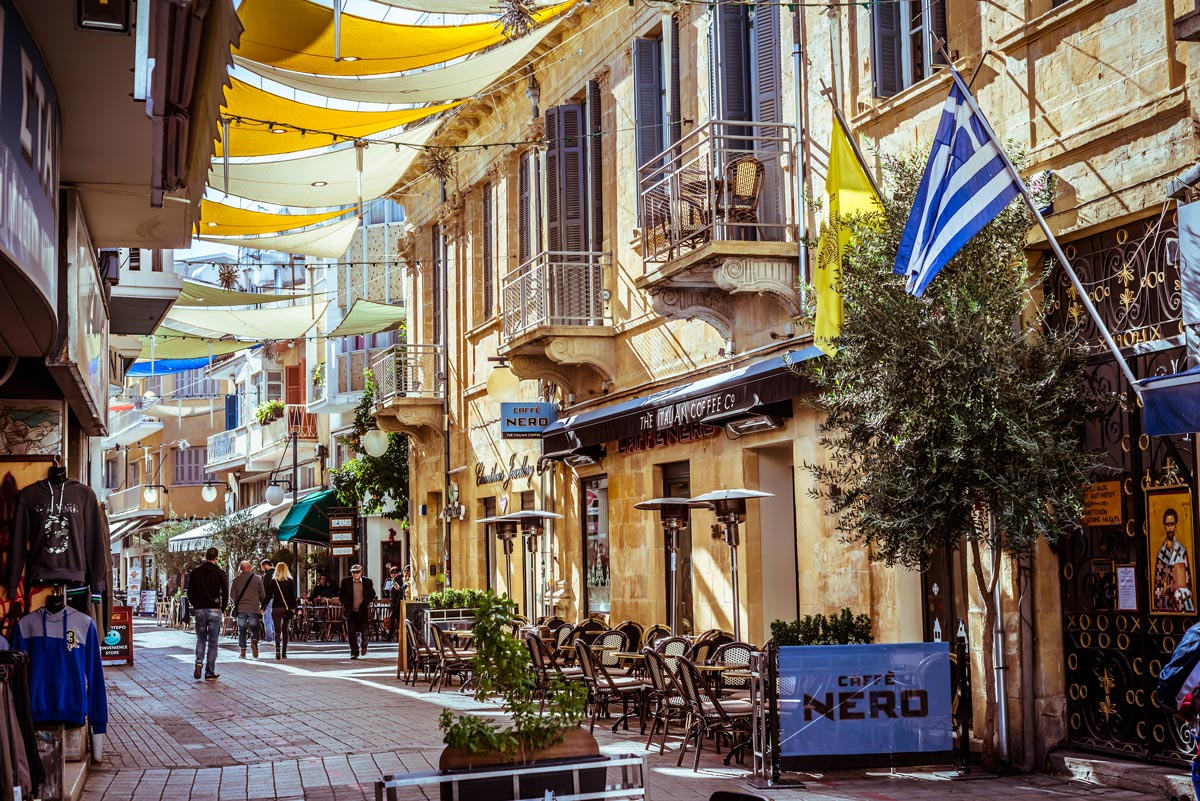 Nicosia Onasagorou Street
Nicosia Onasagorou Street
Another notable location in the capital is the house of Cypriot architect Neoptolemos Michaelides (1920-92), who played an instrumental part in how Anastassiades approaches the creative field. The residence, a place that Anastassiades often visited as a child, overlooks the Pedieos river, the longest river in Cyprus, which cuts through Nicosia. On a walk through the capital’s riverside park, you can see the architect’s house through the trees. It is still considered an architectural masterpiece decades later and is also celebrated for its interior design.
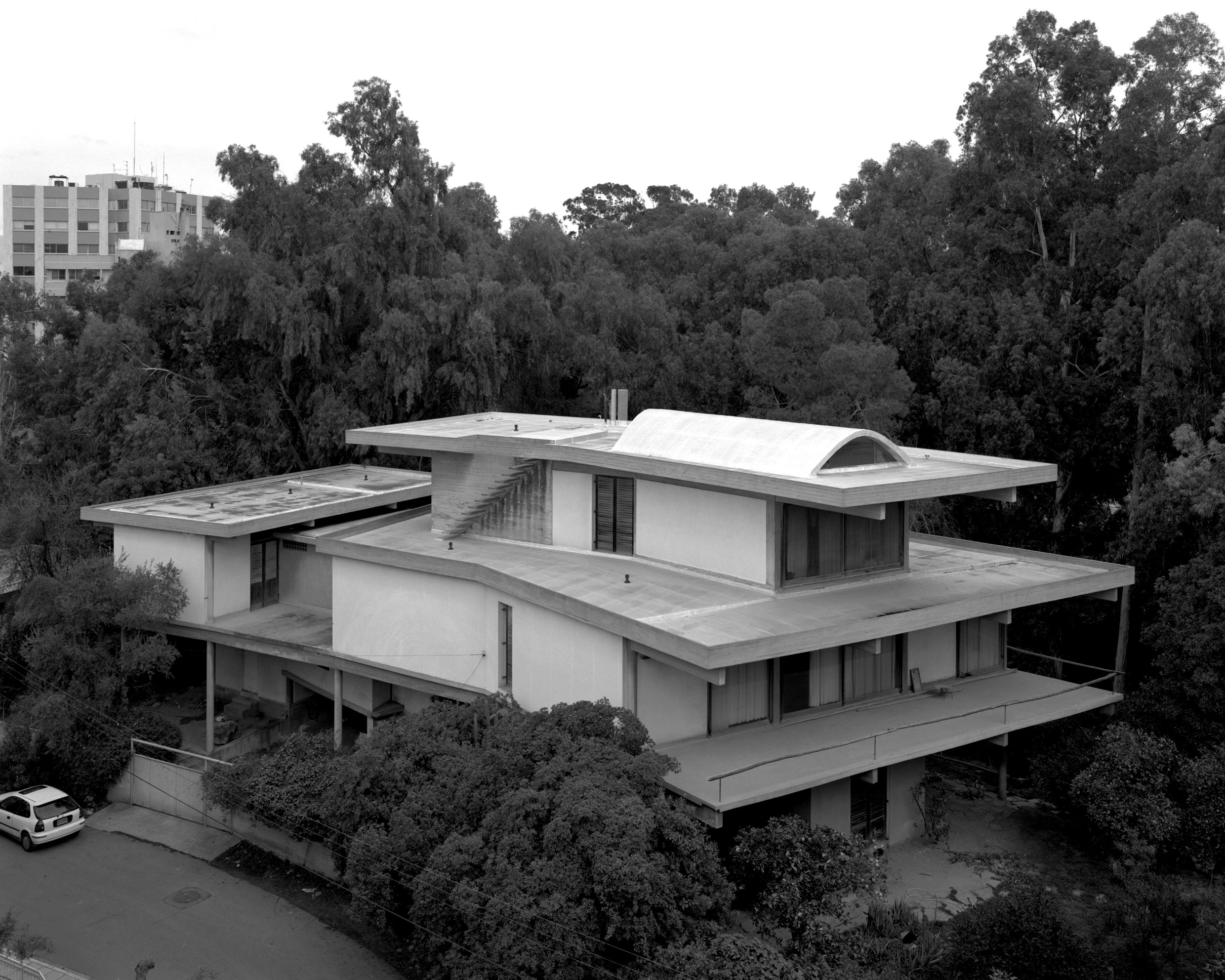 Neoptolemos Michaelide PH Hélène Binet, Neoptolemos Michaelides Residence, 2014, courtesy of Point Centre
Neoptolemos Michaelide PH Hélène Binet, Neoptolemos Michaelides Residence, 2014, courtesy of Point Centre
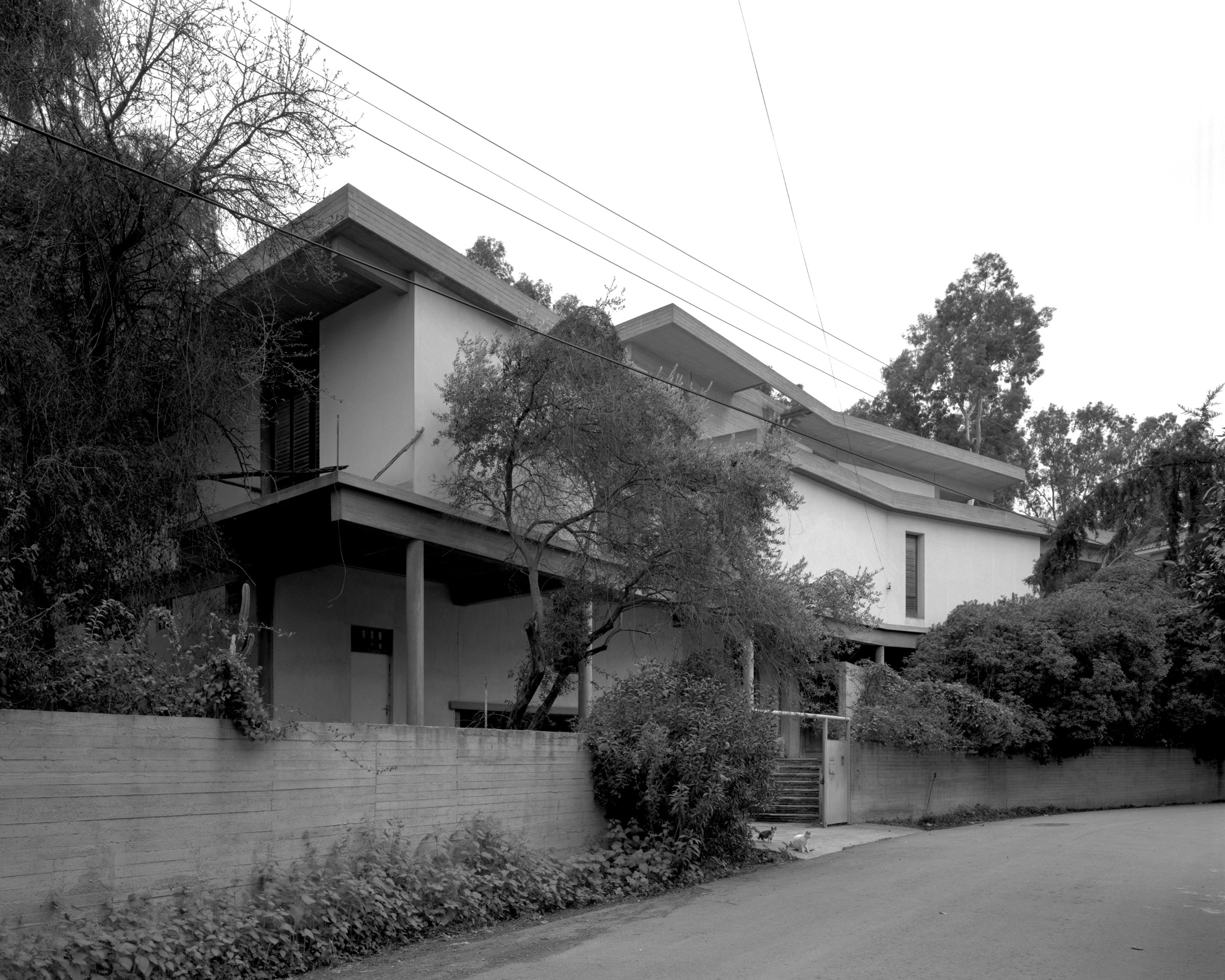 Neoptolemos Michaelide PH Hélène Binet, Neoptolemos Michaelides Residence, 2014, courtesy of Point Centre
Neoptolemos Michaelide PH Hélène Binet, Neoptolemos Michaelides Residence, 2014, courtesy of Point Centre
“Their house was amazing, it had incredibly beautiful pieces of furniture that they collected from Milan where Michaelides studied in the 1940s,” says Anastassiades. “But the most important thing was how they put it together with local pieces of furniture.”
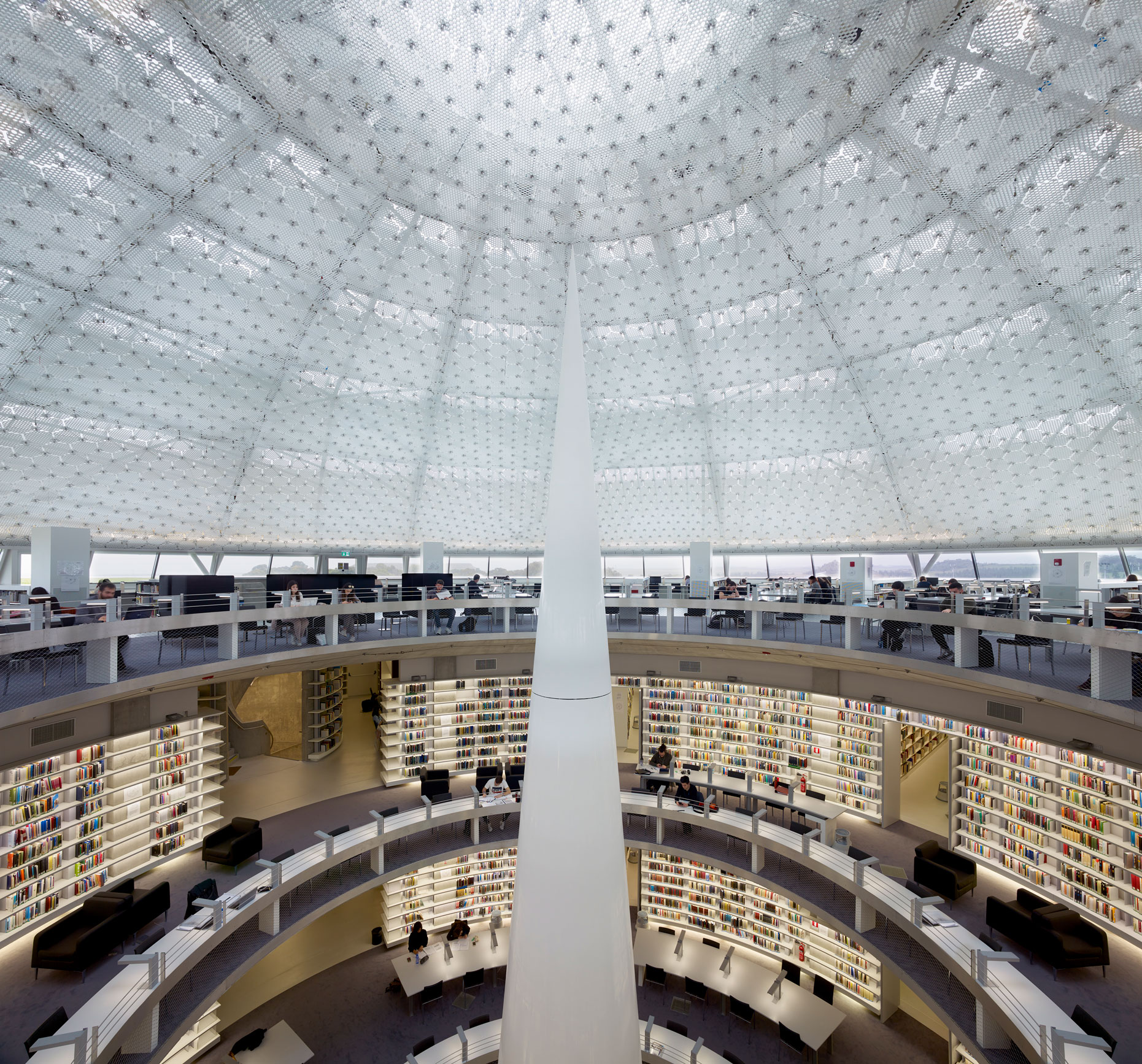 Atelier Jean Nouvel Ioannou Library PH Yiorgis Yerolymbos
Atelier Jean Nouvel Ioannou Library PH Yiorgis Yerolymbos
Further out of the city is the Stelios Ioannou Learning Resource Centre, designed by French architect Jean Nouvel with a mesmerising round library – a stand-out design in a country whose contemporary architecture can be hit and miss. “The library building at the University of Cyprus is pretty impressive and worth seeing,” says Anastassiades, although he adds that, in general, he “wouldn't strongly recommend the new architecture [of the country]”.
Cyprus’s latest architectural projects have adopted a more contemporary look as local property development expands. New luxury hotels, glimmering marinas and glossy private housing have appeared on the island. Thanks to a real estate investment boom, Cyprus’s cities and crowd-loving coastal areas have also been given a facelift in recent years, the job market has expanded and architectural attractions have been added to the country’s travel guides. Tourist demand and foreign investments boosted the real estate market in the mid-2000s and it has been growing ever since. Despite fluctuations affected by the financial crisis and the Covid-19 pandemic, an increase in property sales was observed in 2019 and 2021 and continued in 2022 with a record number of sales, in part thanks to a new action plan implemented by the Cyprus government in January 2022 to attract high-tech, research and innovation companies to relocate to the island.
The quarterly Real Estate Market Bulletin, published by the Cyprus Real Estate Registration Council, noted that the market generated almost €6bn in sales in 2022 and, as the Land Registry data recorded, sales increased by 33 per cent.
Nonetheless, industry experts predict that in the next few years, this development curve will stabilise due to higher costs and interest rates, and with rent prices rising, Cyprus’s cities and their citizens face new challenges. Like Anastassiades, Yiorgos Hadjichristou – an architect and professor at the University of Nicosia is sceptical about this real estate growth, arguing that it happens with little planning and limited regard for the local environment. Many of these new buildings, he says, are designed by architectural offices from abroad that take little consideration of local life, history and climate.
“The topography and identity of cities are changing rapidly,” says Hadjichristou. “It seems that these high-rise buildings neglect the identity of citizens and are offered for the sake of new investors and new people that come.”
Cyprus’s urban landscape has become more globalised. “The thirst to feel international can be a big [danger to] our culture,” says Anastassiades. He adds that many of these new architectural projects are imported ideas that tend to have little understanding or appreciation of the culture or way that Cypriots live.
Yet change is a part of evolution, and returning to the notion of an island can highlight Cyprus’s features. “That sense of the lack of availability, isolation, all these things are good things,” says Anastassiades. “It is what made us culturally interesting.” In turn, Hadjichristou hopes that interest in Cypriot development can be carried out more sustainably in the future, either by deepening its focus on refurbishing traditional houses and apartments, or by being more innovative. He suggests creating city plans with more social spaces and greenery, even on buildings, and constructions that respect cultural heritage.
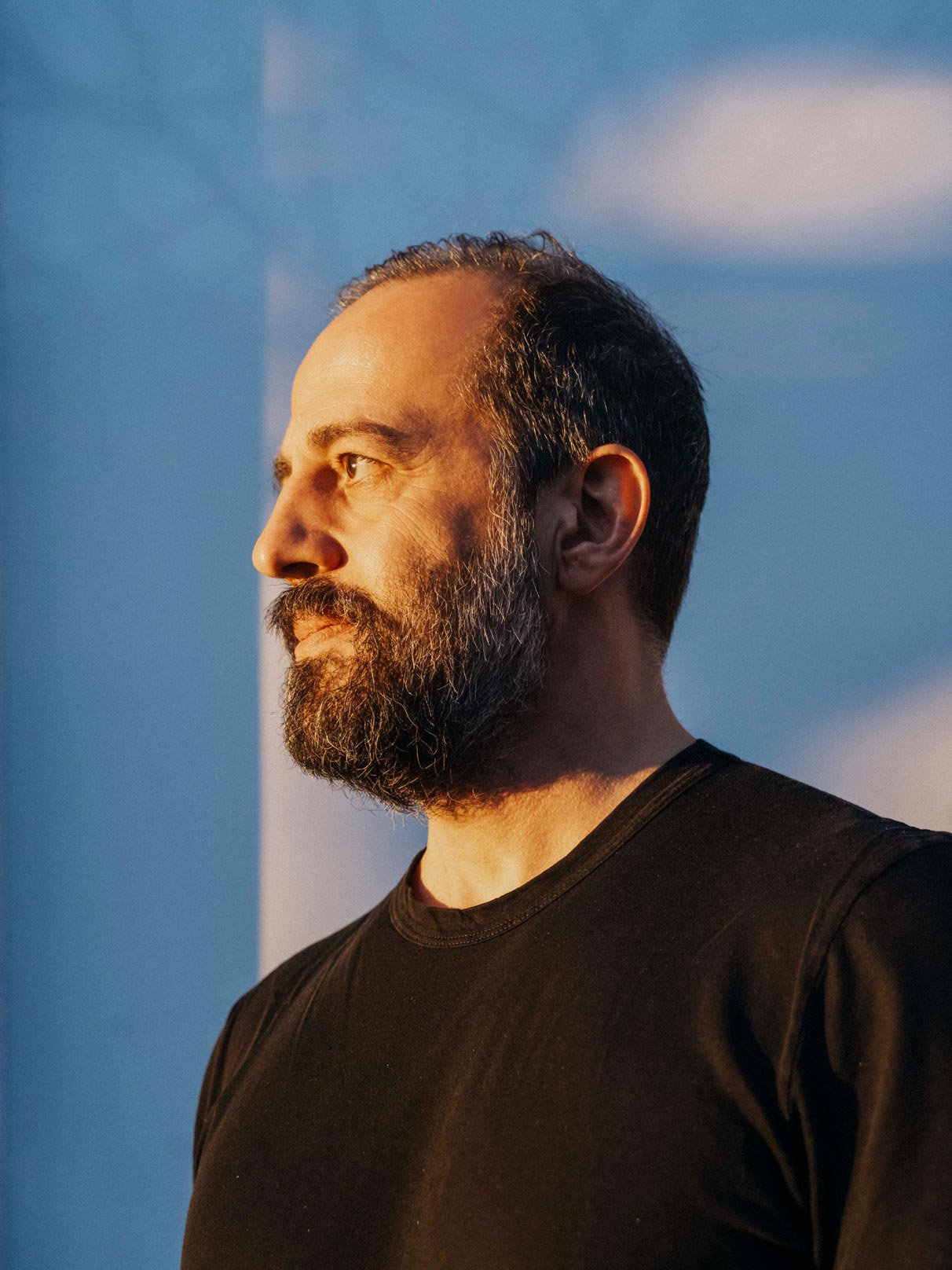 Portrait PH Osma Harvilahti
Portrait PH Osma Harvilahti
Michael Anastassiades
Michael Anastassiades founded his studio in London in 1994. He trained as a civil engineer at London’s Imperial College of Science Technology and Medicine before taking a masters degree in industrial design at the Royal College of Art. Michael Anastassiades is a London-based company specialising in the design and manufacturing of high-quality lighting and objects. Established in 2007, it was founded to increase the availability of Michael’s signature pieces. The objects are fabricated by family-run workshops worldwide, selected for their unique manufacturing skills and traditional use of materials. Each product is handcrafted and stamped with the designer’s mark. Michael Anastassiades’ design philosophy is to produce exceptionally designed objects of permanent value.
Designers George Yabu and Glenn Pushelberg may operate studios in both Toronto and New York, but the pair are adamant that they do not differentiate between the two.
In 2020, the philosopher Emily Thomas published The Meaning of Travel, a book exploring the philosophy of travel and its importance to people’s lives
While travellers may come and go, however, it is the Amalfitans who call this place home with the Ponti's masterful touch.
Thanks for your registration.